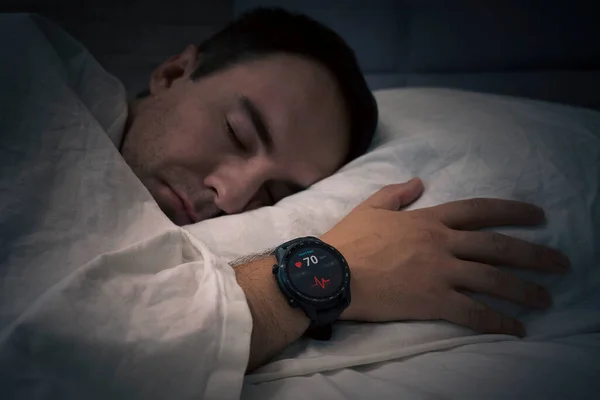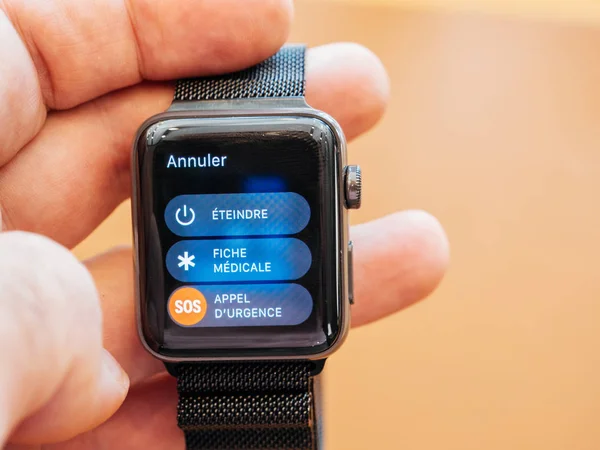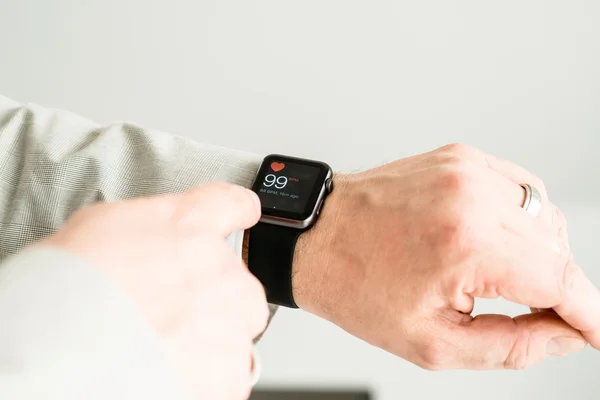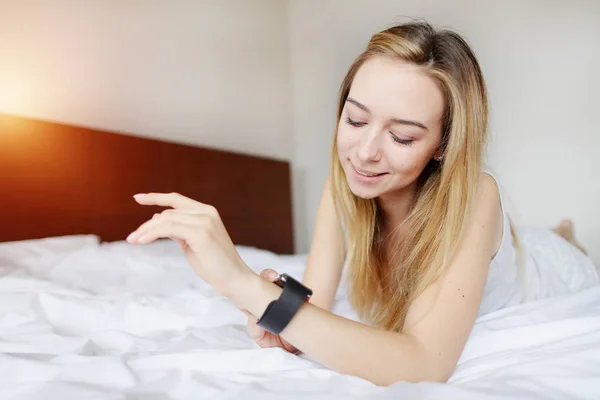
“Your wrist might be smarter than your doctor’s clipboard.” That’s the bold reality facing Apple Watch owners who haven’t tapped into its full health potential. Beyond step counts and workout rings, Apple’s wearable hides a suite of advanced health tools that might just help detect early signs of illness, track long-term wellness trends, and even inform mental health check-ins.
These features are more than marketing fluff they’re actually backed by clinicians on staff at Apple and, in many cases, cleared by regulators. Everything from subtle temperature fluctuations overnight to breathing irregularities during sleep can be surfaced on the watch – provided you know where to look. As Dr Lauren Cheung, a clinician at Apple says “These devices provide tools for people to be educated and empowered about their health”. Here are nine of the most overlooked – and impactful – health features hiding in plain sight on the Apple Watch.

1. Vitals App: Your Overnight Health Dashboard
Launched in 2024, the Vitals app compiles heart rate, wrist temperature, respiratory rate, blood oxygen (on eligible models), and sleep duration into a single view. Wear the watch snugly for at least seven nights to establish your baseline. The app then flags when two or more metrics drift outside normal ranges a subtle warning that could precede illness. Dr. Cheung notes that elevated heart rate and temperature together might indicate infection or even the effects of alcohol. This proactive alerting helps users decide whether to rest, seek medical advice, or adjust daily activity.

2. Noise monitoring and hearing health
The Noise app measures environmental sound levels and provides warnings for when exposure risks long-term hearing damage. With the AirPods Pro 2 or 3, Apple pairs it with a five-minute test that gives a baseline result without having to go to a clinic. As Crystal Rolfe of the RNID puts it: “Now you’ve got something right in your pocket, I can’t see why you wouldn’t do it once a year.” The watch is also a mild hearing aid, boosting conversations and automatically adapting audio to suit your hearing profile.

3. Temperature Tracking for Ovulation Estimates
In the Apple Watch Series 8 and Ultra, two sensors measure temperature changes as low as 0.1 degree Celsius. This feature allows Cycle Tracking to retrospectively estimate ovulation so that period predictions can be improved. Experts like Kate White caution against using it as birth control, citing complexities in fertility and misinformation risks. For those using two-factor authentication, the cycle data is encrypted end-to-end in case anyone should be worried about privacy post–Roe v. Wade.

4. Fall Detection with Emergency SOS
Available on Series 4 and later, Fall Detection differentiates between workout-related impacts and actual accidents. If you haven’t moved for about a minute after a hard fall, the watch calls emergency services and alerts your emergency contacts-including via satellite in areas without cell coverage. Cheung says it’s particularly useful for cyclists and highly active people, although there is some risk of false positives when doing high-impact sports. Users can limit the feature to workouts only, or keep it on at all times.

5. Heart Health Notifications & AFib Monitoring
The Apple Watch can detect unusually high or low heart rates and rhythms that could signal atrial fibrillation. Its AFib detection has been approved by the FDA, using photoplethysmography to monitor intervals between heartbeats. Although not diagnostic, it elicits timely consultation with a doctor. For those patients, AFib history offers an estimate of the percentage of time in arrhythmia, providing the outputs in PDF format for clinicians. According to Dr. Cheung, AFib is the most common cause of stroke, often with no symptomatology at all.

6. Time in Daylight Tracking
The watch estimates the daily exposure to natural light using its ambient light sensor. Cheung refers to various studies that suggest 20 minutes of outdoor time can improve mood and vitamin D among adults, and 80–120 minutes for children to prevent myopia. With Family Sharing, guardians can track how much daylight time a child is getting, potentially influencing habits that can impact eye health and mental well-being.

7. Mood Charting
With State of Mind integrated into the Mindfulness app, users can record emotions both in real time or retrospectively, tagging feelings and life areas. Over time, Apple Health correlates mood trends with sleep, exercise, and daylight exposure. Dr. Cheung says it’s all about emotional regulation and building resilience. Early adopters describe using it to identify burnout triggers and manage conditions like ADHD it’s a very rare mental health tool to be built into mainstream wearables.

8. Sleep Apnea Notifications
On Series 9 and Ultra 2, Apple’s algorithm analyzes breathing disturbances during sleep, flagging it for users after 30 days of elevated patterns. Dr. Matt Bianchi from the Health Technologies team at Apple says that accelerometry and respiratory data underpin this screening, which is not a diagnosis but rather a prompt for medical evaluation. More than a billion people in the world have untreated sleep apnea and are at increased risk for hypertension and heart disease.

9. Handwashing Timer
The Handwashing Timer-which uses motion detection and audio cues, most notably the squelching sound of soap-to achieve 20-second washes-was introduced in 2020. Detection is inconsistent for some users-the false triggers while washing dishes, for one-and the technique can be improved by emphasizing the sounds of the soap, turning a pandemic-era feature into a functional hygiene habit. The hidden health features of the Apple Watch go far beyond casual fitness tracking toward early warnings, behavioral insights, and even environmental monitoring.
Some of these tools require careful interpretation and follow-up with healthcare professionals, including those for estimating ovulation or alerting for sleep apnea. Their presence on a consumer device, however, implies a movement toward accessible, continuous health awareness. Unlocking these capabilities for tech-savvy, health-conscious users might mean earlier risk detection, smarter lifestyle choices, and data-driven conversations with doctors.

